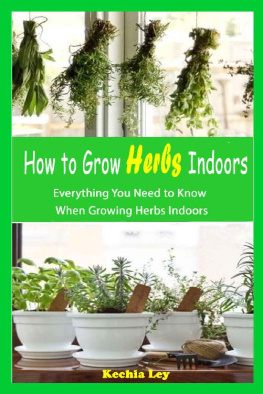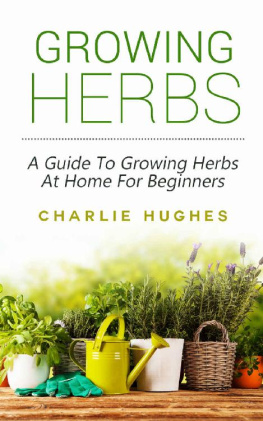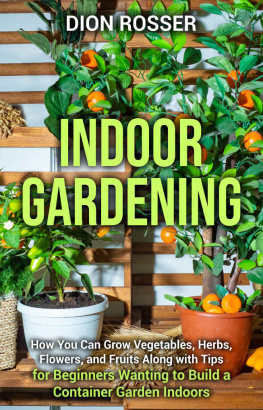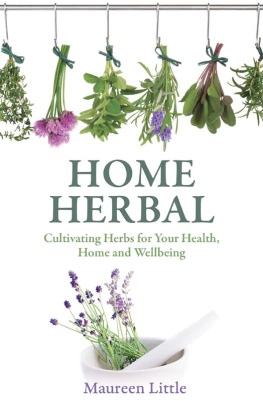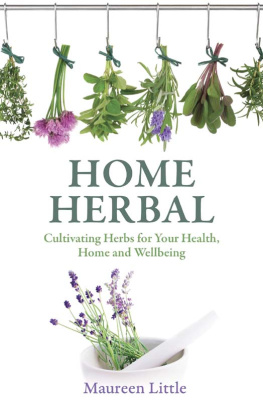III. Watering: How to Care for Herbs
Many herbs, especially those native to the Mediterranean climate, must have loose, fast-draining soil. Soggy soil, especially in cooler winter temperatures, can be fatal to these plants. Plant rosemary, thyme, oregano and bay laurel in a blend of equal parts of cactus mix and regular potting soil. Let the soil dry a bit before watering. Other herbs grow well in regular potting soil. Keep soil slightly moist, but not soggy. Fertilize once or twice a month with a liquid houseplant fertilizer.
IV. The Best Herbs to Grow Indoors
1. Basil

A critical herb for cuisines around the world and a favorite pairing for tomatoes, basil is easy to grow indoors. Pinch off individual leaves and add to salads, sandwiches and sauce. Make your own pesto. Plant seeds or purchase small plants and pot them in rich, organic potting soil. Basil loves heat and bright light, so give it a southern or western window or use a grow light. Avoid cool, drafty spots, especially in the winter. Basil is not a long-term houseplant. You can expect to keep and use it for several weeks, until the stems start to grow woody. To ensure a steady supply, plant a new batch of seeds every few weeks.
2. Bay laurel

The thick, flavorful leaves of this Mediterranean shrub are essential ingredients for soups and stews. Pick individual leaves as needed or harvest a few from larger plants and dry them for storage. The oldest leaves have the strongest flavor. Plant in fast-draining soil, and place in a bright east- or west-facing window. Good air circulation helps prevent disease. Watch for shield-like scale insects on leaves and stems. Be ready with neem oil to control outbreaks.
3. Chervil

This herb is one of the four in the classic French blend, fines herbes. To grow chervil, plant the seeds directly in the container. Once grown, trim the chervil back often to keep it from bolting. Chervils delicate flavor is lovely when added to salads, roast chicken, vinaigrettes and egg dishes.
4. Chives

Chives not only provide a delicious, onion-like flavor to dishes, but they also give you a good boost of self-esteem. Thats because they are easy to grow and thrive just about anywhere. To become a chive farming master, all you need to do is pot your plant or start from seed, then place the pot in a south-facing window that gets about six hours of sunlight a day. Water when the topsoil feels dry to the touch.
5. Mint

With dozens of flavorful varieties available, you could devote an entire garden to mint. Choose from peppermint, spearmint, chocolate, orange, apple, banana and more. Snip leaves and sprigs for tea and mixed drinks, salads and desserts. Mint plants usually grow rambunctiously and their trailing, fragrant stems make them attractive houseplants. Keep the soil moist and give them moderate to strong light. Most are hardy perennials that can tolerate temperatures into the 30s.
6. Oregano

A must for Italian, Mexican, Central American and Middle Eastern cuisines, oregano is member of the mint family. Strip the leaves from snipped stems and add to tomato sauces, meat, casseroles, soups and stews. The dried leaves are more pungent than fresh. Grow oregano as you would other mints. Water when the surface of the soil is dry, but don't let it dry out. Give the plants moderate to strong light.
7. Parsley

If youre a fan of parsley, try growing it in a pot directly next to your thyme. The two do well together as they both enjoy a day full of direct sun and follow the same watering guidelines. To harvest your parsley, simply pinch off the leaves and add it to your favorite soups and dishes, or top things off using it as a garnish.
8. Rosemary

On a cold, wintry day, the earthy fragrance from a few crushed rosemary leaves can transport you to warmer climes. The needled leaves are among the must-add herbs to chicken, pork, lamb, soups, potatoes and olive oil. It's also delicious in tomato and cream sauces. Snip 1-4" sprigs and toss into soups, or strip the leaves and mince. Rosemary tolerates hot, sunny, dry locations in the summer months, but prefers cooler temperatures (40 to 65 degrees F) in the winter, as long as the light is strong.

